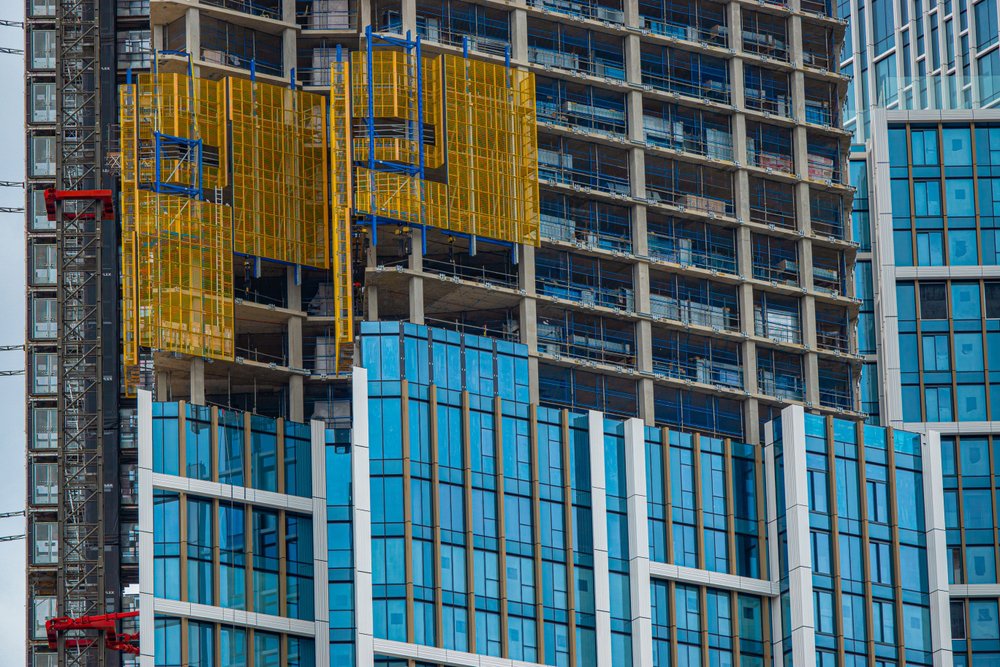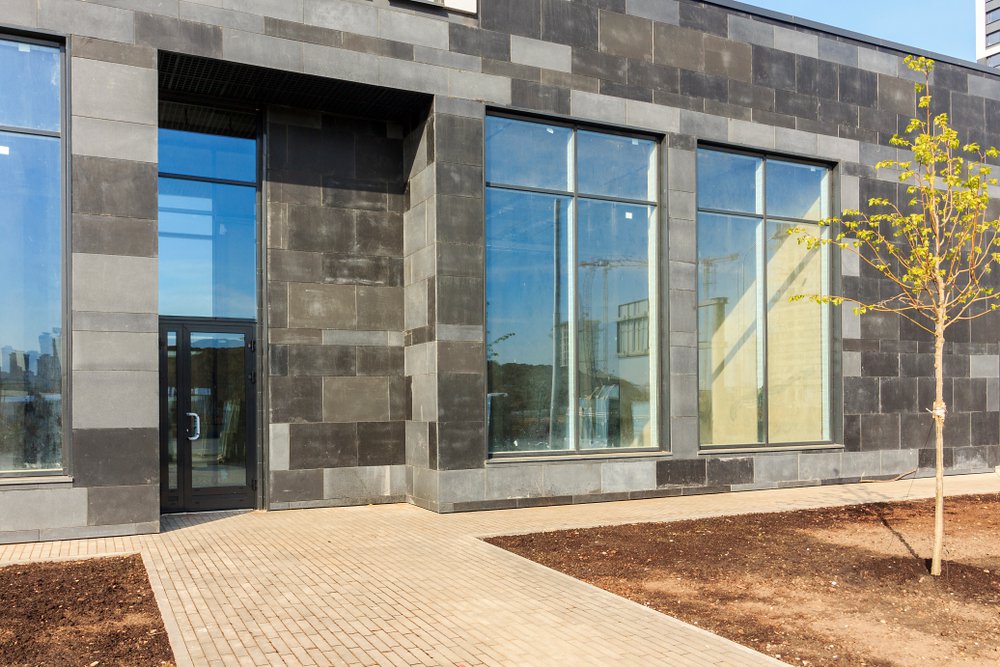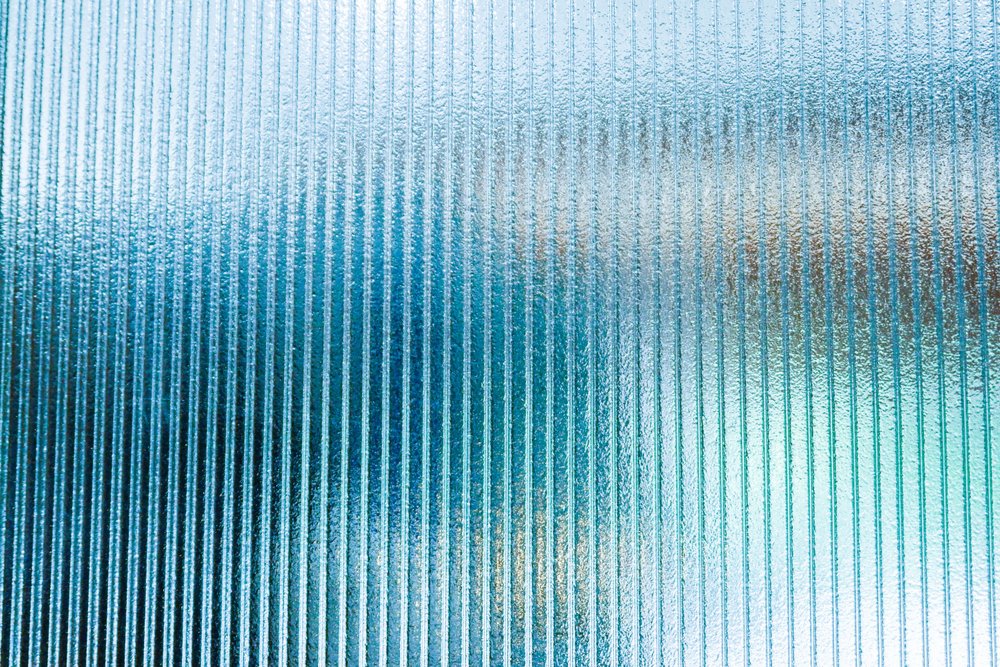From sleek urban facades to high-traffic commercial interiors, the role of safety glass in modern construction is both structural and strategic. It’s not just about aesthetics—it’s about reinforcing spaces to withstand impact, reduce injury risk, and meet stringent safety codes. As architectural demands evolve, so does the technology behind safety glass, making it a cornerstone of resilient, future-ready design.
Understanding the types, applications, and regulations of safety glass is key to specifying the right products for any build. Let’s explore how different safety glass solutions contribute to stronger, safer, and more compliant architectural environments.
Types of Safety Glass: Tempered and Laminated
Tempered Glass: Strength Through Heat
Tempered glass is engineered for toughness. Manufactured through a thermal tempering process, it is heated to extreme temperatures and then rapidly cooled, resulting in a product up to five times stronger than standard annealed glass.
Core benefits of tempered glass:
- High impact resistance: Ideal for areas exposed to force or pressure.
- Thermal durability: Handles rapid temperature changes without fracturing.
- Safe breakage pattern: Shatters into dull, pebble-like fragments instead of sharp shards.
Tempered safety glass is commonly used in frameless doors, shower enclosures, curtain walls, and building facades—applications where strength and safety are non-negotiable.
Laminated Glass: Built for Retention and Versatility
Laminated glass features two or more glass panes bonded with an interlayer—usually polyvinyl butyral (PVB). This interlayer holds the glass together if it breaks, reducing the risk of injury and maintaining the structural integrity of the installation.
Advantages of laminated safety glass:
- Shatter retention: Glass remains intact even when cracked.
- Acoustic control: Reduces noise transmission in urban or high-traffic environments.
- UV protection: Filters harmful rays that cause interior fading.
Laminated safety glass is frequently used in skylights, railings, overhead glazing, and areas requiring enhanced security or sound insulation.

Applications of Safety Glass Across Building Types
Residential Installations
In residential architecture, safety glass enhances both design and personal safety. It’s widely used in:
- Windows and doors: Preventing injury during accidents or break-ins.
- Balconies and stair railings: Providing fall protection without compromising aesthetics.
- Shower enclosures: Withstanding thermal stress and daily use.
Beyond protection, safety glass in the home also contributes to energy efficiency and daylighting strategies.
Commercial Spaces
From retail storefronts to office interiors, commercial buildings demand performance glass that meets both visual and safety standards.
Typical applications include:
- Storefront glazing: Offering transparency while deterring break-ins and vandalism.
- Glass partitions: Enhancing openness while maintaining compliance with safety codes.
- Lobbies and atriums: Enabling expansive designs that don’t sacrifice occupant protection.
In commercial environments, safety glass helps achieve sleek design goals while supporting liability reduction and long-term durability.
Industrial and Specialized Uses
Industrial facilities require glass that can withstand extreme conditions. Safety glass plays a crucial role in:
- Machinery guards and protective screens: Preventing injury from debris or mechanical failures.
- Barrier systems: Isolating hazardous zones without compromising visibility.
- Control rooms and observation windows: Providing clarity and safety in technical environments.
These use cases highlight how safety glass is not only a design feature but a vital part of operational safety systems.
Meeting Safety Glass Standards and Compliance
Safety glass must meet strict standards to be used in architectural applications. Regulatory requirements vary by region, but most projects must adhere to:
- ASTM standards (such as C1048 and C1172): Governing performance characteristics of tempered and laminated glass.
- Building codes (e.g., National Building Code of Canada, IBC): Dictating where and when safety glass is mandatory.
- Impact resistance certifications: Especially for glass installed in doors, near floors, or in overhead applications.
Understanding and specifying products that meet these standards is critical to ensuring project safety, minimizing liability, and achieving regulatory approval without delay.

How Insul-Lite Manufacturing™ Delivers High-Performance Safety Glass
At Insul-Lite Manufacturing™, we understand the importance of choosing the right safety glass for each architectural application. Our advanced manufacturing process ensures that every product is crafted to meet rigorous performance, safety, and aesthetic standards.
Here’s how we support your projects:
- Custom-engineered safety glass: Designed to meet unique performance requirements—whether it’s impact resistance, acoustic control, or UV filtering.
- Consistent quality control: Every sealed unit is built with precision to ensure long-term durability and regulatory compliance.
- Educational support: We empower architects and builders with the technical insights needed to specify the right safety glass for every application.
Our safety glass solutions are integrated into insulated glass units that meet the needs of today’s construction demands, supporting energy efficiency, sustainability, and safety from start to finish.
Building Smarter, Safer Spaces Starts with the Right Glass
Safety glass is more than a code requirement—it’s a design imperative. Whether you’re specifying for residential, commercial, or industrial projects, understanding the capabilities of tempered and laminated glass allows you to make better, safer decisions.
With the right materials, you’re not just meeting standards—you’re raising them. At Insul-Lite Manufacturing™, we’re here to help you create architectural solutions that perform under pressure and protect what matters most. Contact us today to learn how our safety glass solutions can elevate your next project.





